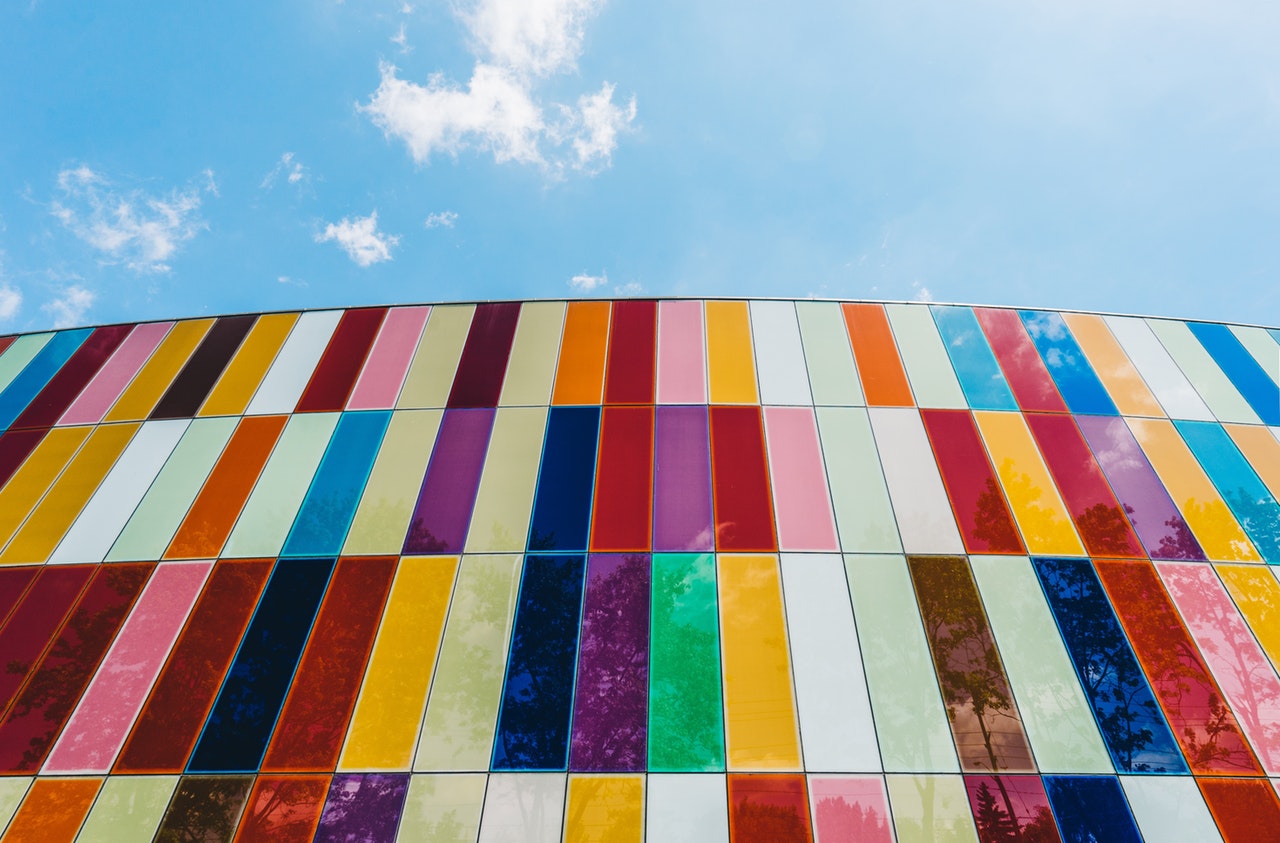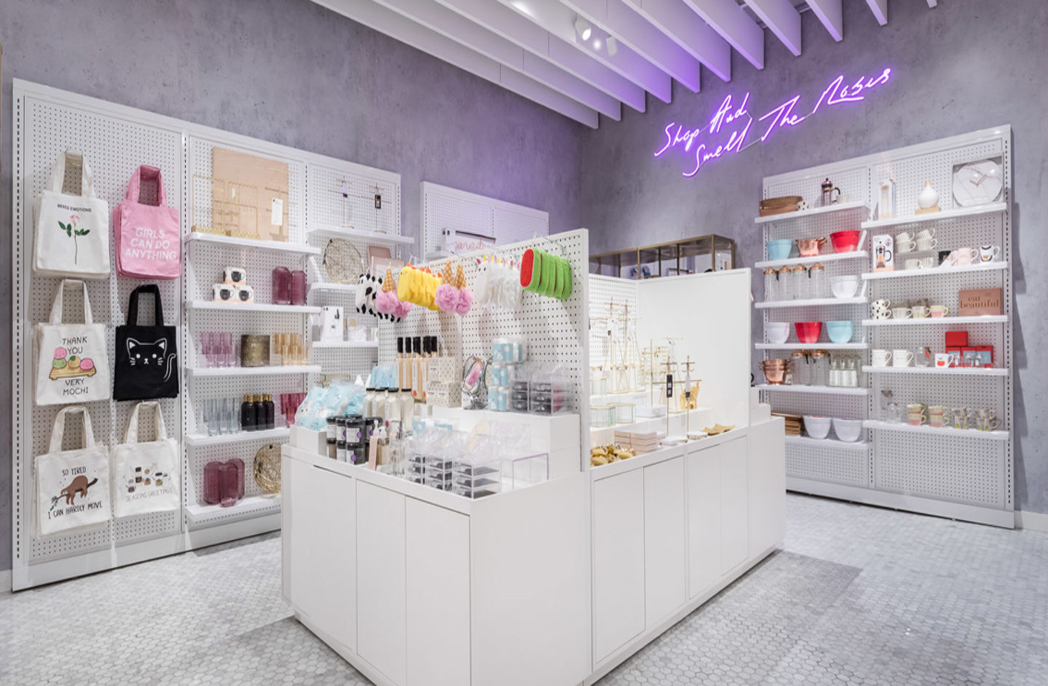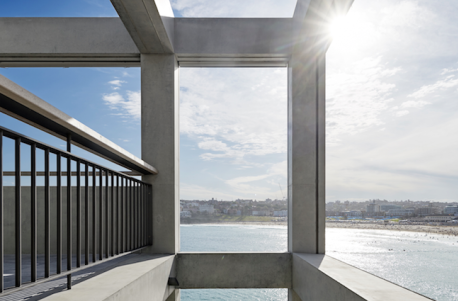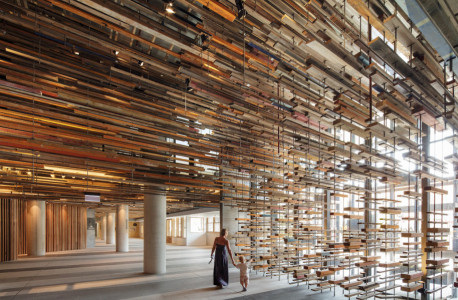
Why beauty matters to design
Why beauty matters to design
Share
David Constantine, design director at Ellis Jones, ponders the importance of beauty in design.
“Who is to say that pleasure is useless” – Charles Eames
Definitions
For the purposes of this little treatise, let’s assume ‘beauty’ and its appreciation as fitting neatly within Eames’ concept of ‘pleasure’. The terms are clearly not interchangeable, but they are perhaps closely enough related to draw some fresh meaning from this much-referenced quote.
We define beauty as a pleasurable interface with aesthetic, material, proportion or function. The capacity for design to surprise and delight. This is not an affirmation of ‘sex sells’. In fact, such cynicism renders even the most sensuous images ugly in their context. Increasingly so for an audience long savvy to the old dogs and their tricks.
We see, then we think
Our eyes work faster than our conscious minds. We form impressions and assumptions based on visual and physical stimuli, long before we have objectively processed their importance, quality or relevance. Once formed, we look for opportunities to confirm our ‘instincts’ rather than disprove them. You might call this ‘extra-contextual’ communication (with apologies to Edward T. Hall), or you could call it ‘priming’ an audience (ditto OK-RM), as both connote fundamental processes of intuitive, visceral and non-verbal communication that build foundations for engagement.
Designing communications, objects, and experiences that utilise the inherent allure of beauty (be it visual, haptic, auditory), prepares audiences to be receptive to their imperatives and intent.

Function is beautiful
“Form follows function”… A bit of a woolly one, really. Because–to this product of a modernist design education–it surely must for any design output to have true purpose or integrity. And yet, what pleasure is pure function? Countless designers over the decades from the 1920’s to the present have engaged with just this question. Perhaps a truly functional design edifies the mundane, making the every day a little more beautiful. Beauty is not dependent on function, but functionality may be more fully realised through beautiful experiences.
A final thought
Sometimes we don’t need beauty, we need ugly, contentious or confronting. Not everything must be beautiful, but designers are often so conditioned to think that beauty is frivolous, or menial in relation to conceptual or methodical rigour, that opportunities are lost. Let’s take beauty seriously as a valuable asset in realising creative briefs. Seriously enough to debate its merit at each new design opportunity. All our work will be the better for it.
This article was republished with permission from the Ellis Jones blog, read other articles on design here.
–
Clare Sowden covers the emergence of design thinking in architecture, read it here.
You Might also Like



















